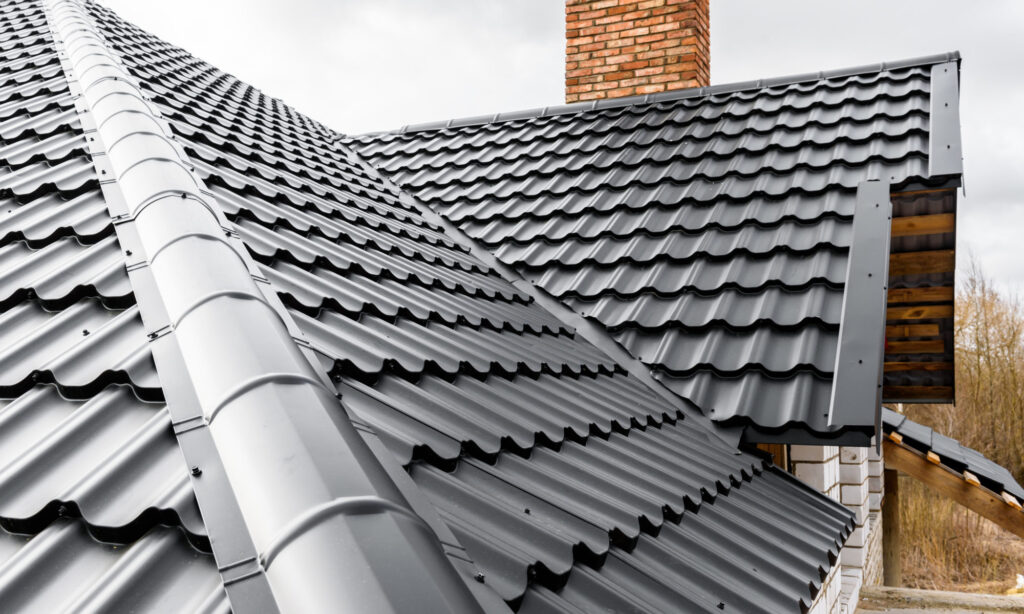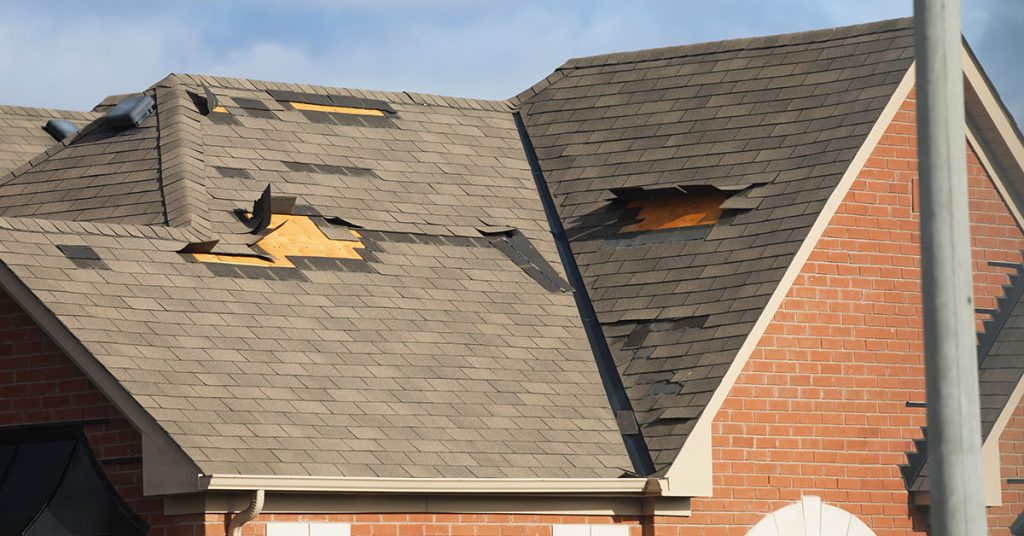The practical significance of a roof on any structure cannot be overstated. The roof protects the structure’s integrity, whether it’s a home, commercial, industrial, or public building, as well as the inhabitants and their belongings. Aside from its practical function, the metal roofing profile adds an aesthetic appearance that completes and complements any design.
Also Read: Know Your Mabati Gauges
Metal roofing is a true industrial revolution product that has had a significant impact on the roofing and construction industries at various points throughout history. Many of the architects who helped shape early Canadian and American architecture preferred metal roofs, so it is not uncommon to find them on many historic buildings. Understanding the evolution of metal roofing from then to now can help you decide if it is right for you.
How Has Metal Roofing Changed Over Time?
Roofing Made of Copper
Standing seam copper roofing was used on notable architectural projects such as the Christ Church in Philadelphia, which was built in 1727. Many cupolas and domes were built with copper roofing with flat seams. Until rolling facilities were built in America, all copper sheeting used in North America was imported from England.
Metal Sheet
Sheet metal roofing, invented by Robert Morris during the American Revolutionary War for use in his Philadelphia mansion, gained popularity in the nineteenth century. It was the first metal produced in American rolling mills. After being used to replace the roof of Princeton’s Nassau Hall in 1802 it gained popularity. This metal was used on roofs with gentle inclines or domes where tiles or clay would not hold their shape or stay in place.
Iron Corrugated
Corrugated iron was patented in England in 1829. Corrugation provided stiffness to the metal sheets used in sheet metal roofing, allowing them to cover a larger area while using lighter frames. This helped to shorten the installation time and lower labor costs.
Tinplate Ironing Board
Tin roofing, as it is more commonly known, was used throughout Canada in the 18th century. Later, in the United States, Thomas Jefferson became an advocate for tin roofing. The roof of the Monticello in Virginia was made of tin. Tinplate was popular throughout the nineteenth century because it was lightweight, low-maintenance, and relatively inexpensive.




